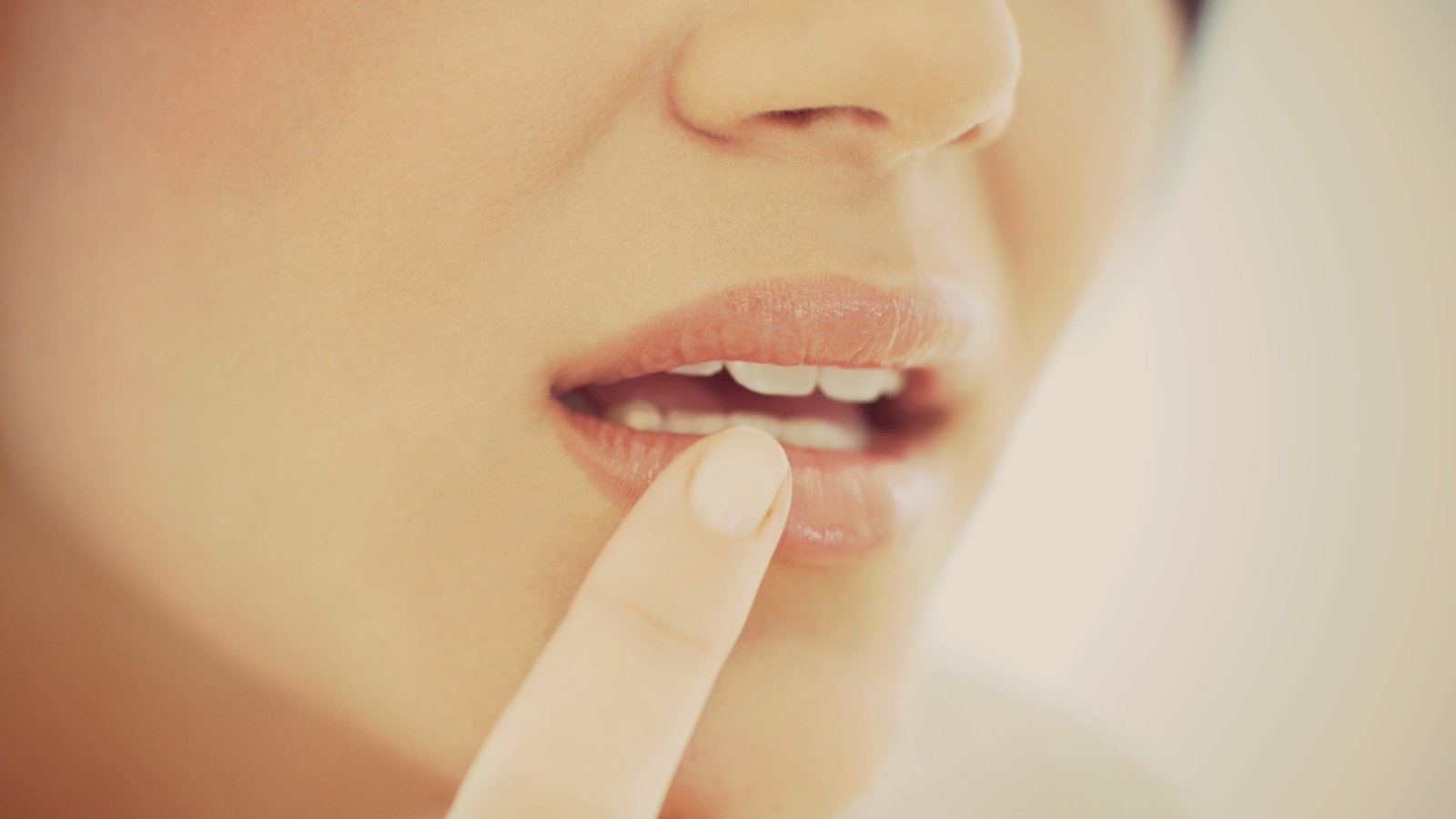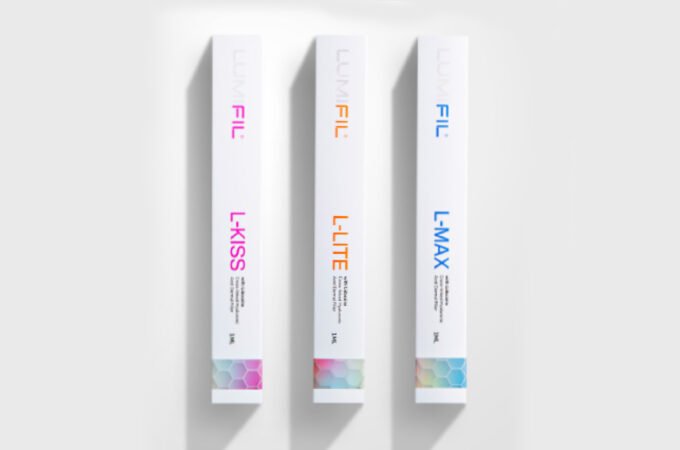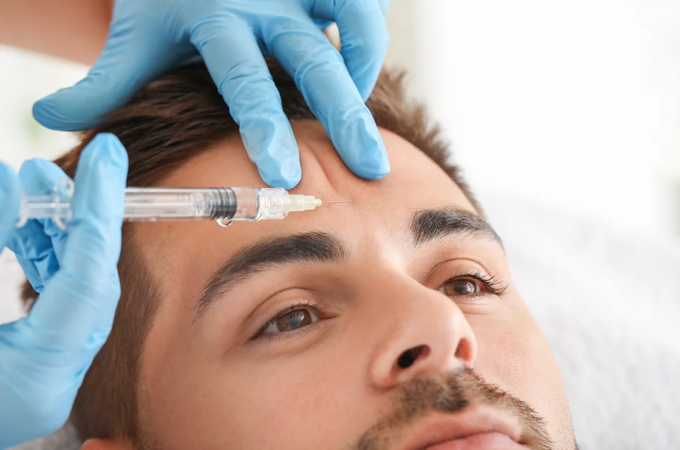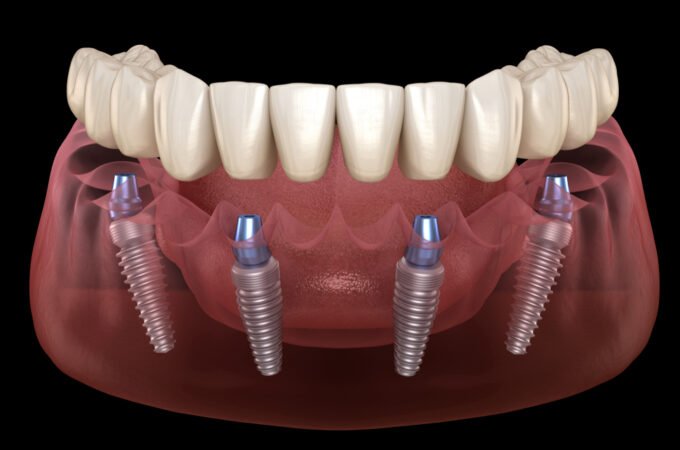
7 Must Know Cold Sore Facts
Cold sores – what they are and what they look like
Cold sores, also known as fever blisters, are small, liquid-filled blisters usually found on and around the lips, frequently grouped together in clusters. When the blisters break, crusts develop on top of the resulting sores. A common viral infection, cold sores normally heal within two to four weeks when using cold sore treatment, without causing the skin to scar.
Anyone can get cold sores

Approximately 90% of adults all over the world test positive for the cold sore virus. The majority of these people will more than likely never experience symptoms, but some of them will probably have repeat breakouts.
Herpes simplex virus (HSV) is the virus that causes cold sores. There are two types of the virus, namely type 1 and type 2 and it is type 1 that is the usual cause of cold sores.
The virus herpes is contagious and is spread orally from one person to the next, by kissing or other close contact with the sores. It can also be spread by contact with skin that is apparently normal but contains the virus.
The virus is most contagious when they are blister-like sores. The danger of contagion is reduced significantly when the blisters have dried and formed crusts, normally in a few days. However, someone infected with the virus can still pass it on to someone else even when they don’t have cold sores, because the virus can be present in their saliva. Despite common belief, it is impossible to catch cold sores from washcloths, towels or surfaces that have been contaminated.
After the first break-out, the virus does not leave the body, but simply lies dormant in the nerve cells of the body.
It is important to know what cold sores are, because there are other medical conditions that look like cold sores but are something else entirely.
Other conditions that resemble cold sores
As mentioned earlier, there are two types of the herpes virus, namely type 1 and type 2. Type 1 is the cause of the cold sores that appear around the mouth.

Type 2 on the other hand, is a common, incurable, sexually transmitted disease that affects the genital area. It is so common in fact, that in the US alone, more than one out of every 6 people between the ages of 14 to 49 has the condition.
When genital herpes first breaks out, numerous blisters might form, that break and develop into painful sores that can take more than a week to get better. However, there are many people who have the virus but experience no symptoms at all, or very mild symptoms, so they are unaware that they are infected. They also sometimes mistake their symptoms as some other type of STD or skin condition like pimples or ingrown hairs in the genital area.
Once you have genital herpes you will have it forever and although there is no cure for the condition, there are medications capable of preventing or reducing outbreaks.
First break-out symptoms of cold sores
Cold sores normally go through several stages, including:
- Itching and tingling – usually a day or two before the small, hard and painful spots appear and form blisters.
- Blisters – small liquid-filled blisters usually form on the outside edge of the lips, where they meet the facial skin. They can also develop on the cheeks or around the nose.
- Crusting and oozing – sometimes, the blisters merge and break open, resulting in shallow, open sores that first ooze liquid and then form crusts.
First time outbreaks also cause the following symptoms in some people:
- Painful, eroded gums
- Fever
- Headache
- Sore throat
- Swollen nymph nodes
- Aching muscles
Cold sore triggers
Common factors that cause cold sores include:
- Stress
- Certain foods
- Lack of sleep
- Surgery or an illness
- Injury to the skin
- Wind or sun exposure
- A weak immune system
- Hormonal changes, especially when taking birth control pills or menstruating
How the virus is spread

There are several ways the virus can be spread from one person to another, including the fluid from a cold sore blister, by sharing a razor or utensils, or through infected body fluids and saliva.
How to avoid spreading the virus
You can avoid spreading the virus by washing your hands properly and frequently, even more so after you have touched a cold sore when using your cold sore treatment. Avoid touching your eyes at all costs, because the virus can cause plenty of damage once it gets into the eyes.




